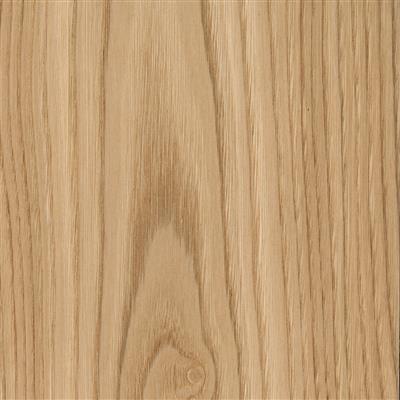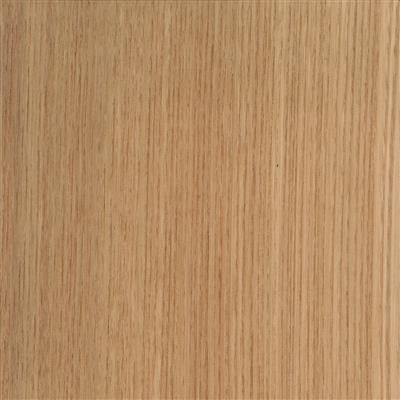Sägefurniere Kastanie 7 mm
The chestnut has a yellowish brown to dark brown colour. The decorative character of the wood comes from the impressive veins and stripes that appear on the longitudinal cuts. In addition, the large pores of the chestnut form distinct needle cracks. The texture of the wood is strong due to the clearly visible annual rings.
Trade names and other names
German: Kastanie, Sweet Chestnut
English: Sweet Chestnut, Chestnut, Marron
French: Châtaigner
Italian: Castagno europeo, Castagno
Spanish: Castaño
Dutch: Tamme kastanje
Portuguese: Castanheiro, castanheira, castanheiro-bravo, castanheira-portuguesa
Arabic: n.a.
Chinese: 栗木
Available sawn veneer thicknesses
7 mm, other thicknesses on request
Occurrence
The chestnut tree originates from Asia and was already cultivated in Europe in ancient times, so that the main occurrence today is still in the countries of the Mediterranean area, i.e. especially in Portugal, Spain, Italy, the Balkans, North Africa and Asia Minor up to the Caspian Sea. North of the Alps, the chestnut is found especially in Switzerland, southern Germany, southern and western France and southern England.
Trunk and bark
The chestnut grows up to 25m high and with diameters of up to 1.2m. As a result of the strong cane growth, the trunk is rarely more than 10 to 12m knot-free in chestnut. The bark is glossy reddish brown with white lenticels on one-year-old branches, olive brown on perennial branches, spotted by lichen, and shows bark formation after the 15th year. It is grey-brown, longitudinally cracked and contains about 12% tannic acid.
Characteristics and wood colour
Pores are ring-shaped and large. Annual rings are very distinct. The large pores form distinct needle cracks in longitudinal section. Decorative wood with high tannic acid content. The sapwood and heartwood of the sweet chestnut are well separated. The sapwood is very narrow and dirty yellow-white, while the heartwood is light brown and shiny when fresh, darkening later.
| Category | Veneers |
| Product group | Sawn veneers |
| Thicknesses | 7.00 mm |
| Weight kg/m2 | 3.750 |
| Specie | Sweet Chestnut |
| Botanical name | Castanea sativa |
| Wood type | Hardwood |
| Main occurrence | Asia | Europe | North America |
| Wood origin | Germany | France | Italy | Czech Republic |
| Manufacturing/origin | Italy | Austria |
| Certification | not certified |
| Colour | light-brown |
| Hue | medium colour |
| Use | furniture | interior |
| Surface structure | band saw cut |
| Customs tariff number | 44089000 |
| Packaging | 1 sehet, loose |
| Items on stock | yes |
| Date of delivery | approx. 3 - 6 working days |
| Postal shipping | nein |

 Deutsch
Deutsch
 Français
Français
 Italiano
Italiano






